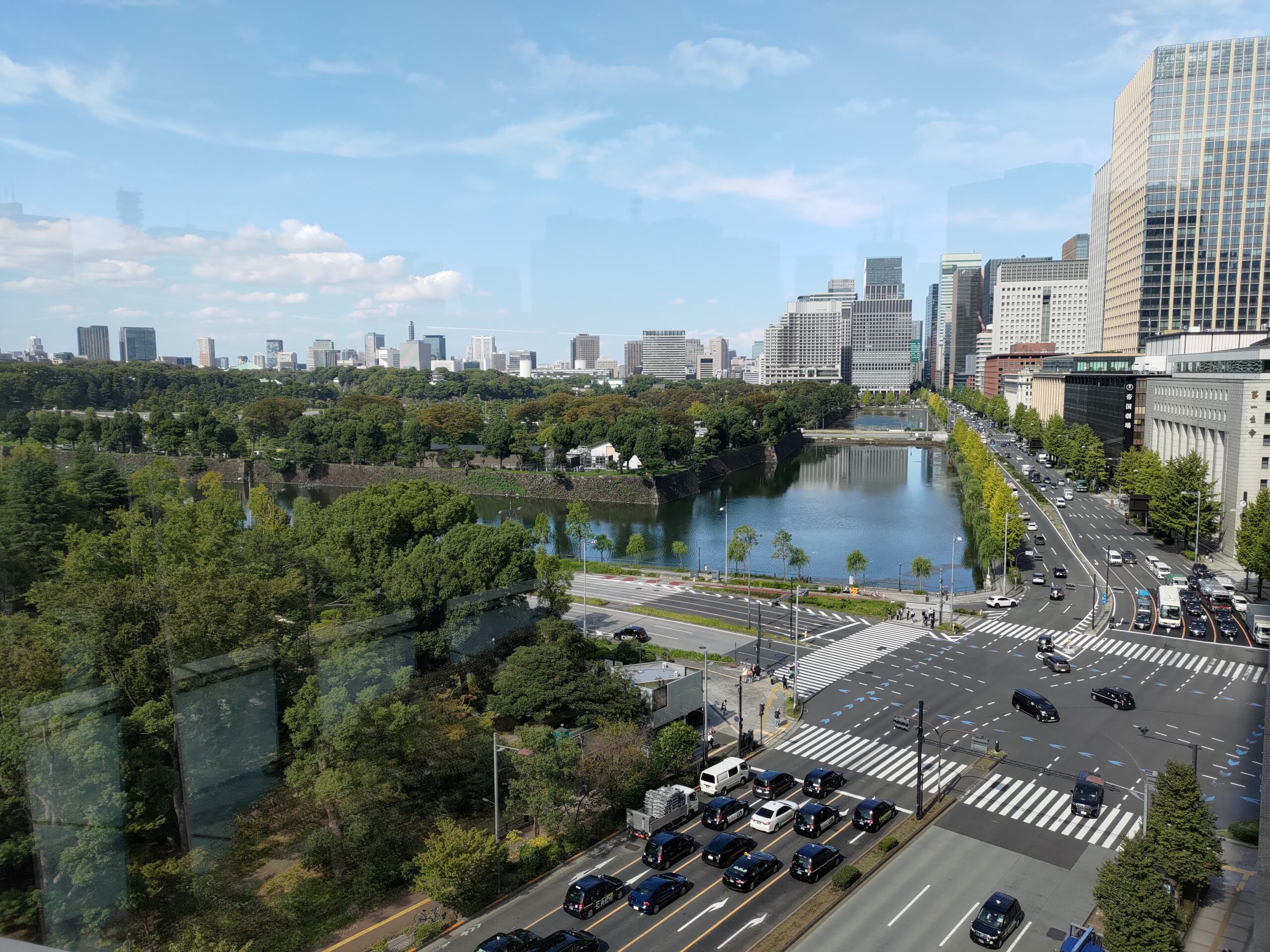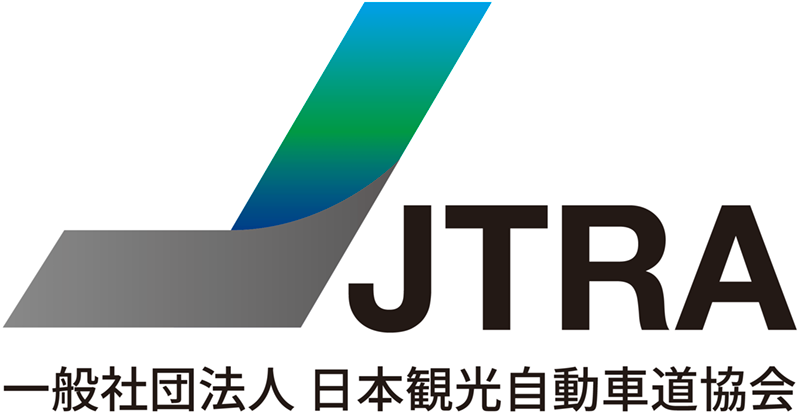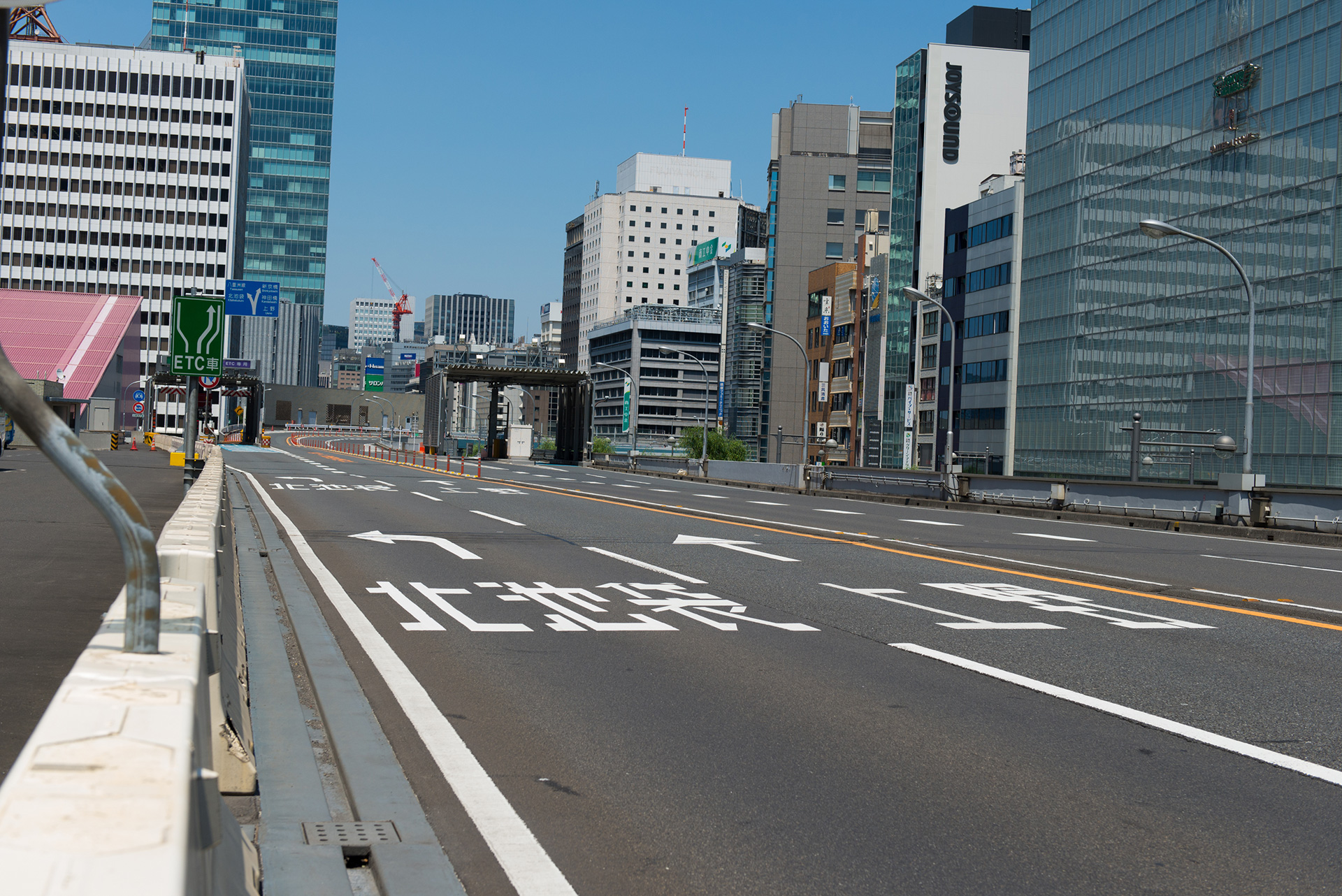Free expressway in Ginza
The Tokyo Expressway (commonly known as the KK Line) has closed (excluding the Higashi-Ginza exit) at 8:00 p.m. on Saturday, April 5, 2025.We would like to thank all of you for using this road as a road exclusively for automobiles for approximately 60 years.


In the nearby “Kokyo Gaien National Garden“, part of the former Imperial Gardens was opened to the public as a national garden in 1945.
You can experience nature in all four seasons, which is hard to believe in the city center.
In spring, cherry blossoms begin to bloom all over the park, and spring is in full swing. In particular, the Somei Yoshino cherry trees at Chidorigafuchi are spectacular and crowded with many cherry blossom viewing visitors.
In summer, the pine trees and the grass turn green.
As autumn deepens, the leaves of deciduous trees change color.
In winter, ducks and other winter birds come to rest in the moat.
Contact
- Company:Tokyo Expressway Co., Ltd.
- TEL:03-3562-0890
- Address:Beyond 1-3 Ginza, Chuo-ku, Tokyo
- Email:douro@tokyo-kousoku.co.jp
- Click here for the official site
Fee
- Motorcycle (over 125cc)
- Free
- Light / ordinary car
- Free
- Minibus
- No Entry
- Large car
- No Entry





